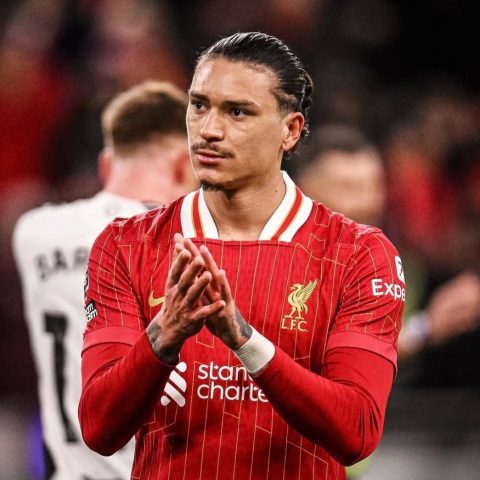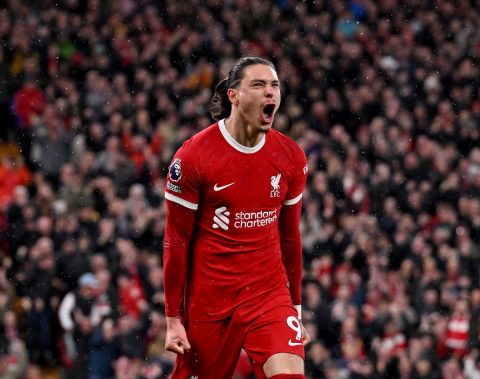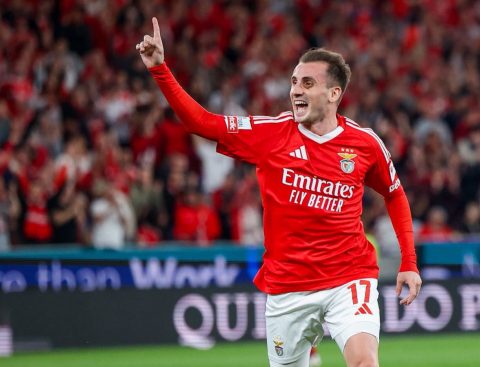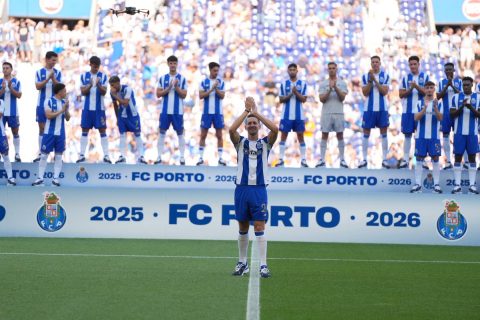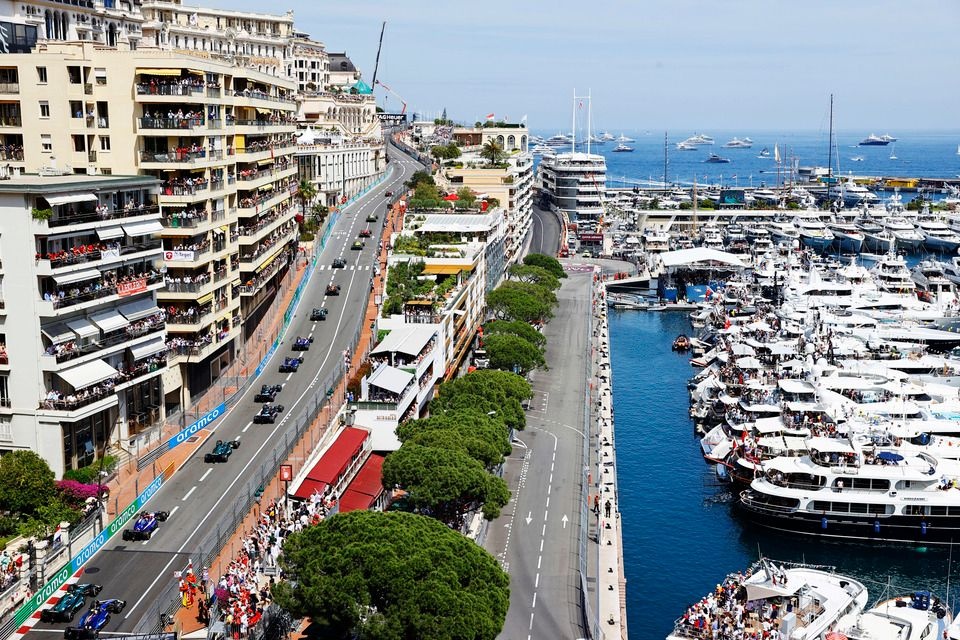The Monaco Grand Prix’s position on the Formula 1 calendar remains secure, with a recent agreement extending its stay until 2031, despite some minor date adjustments. The iconic race has faced questions in recent years about its relevance and excitement. Our writers provide their insights into whether keeping Monaco in the schedule is a justified decision for the series.
There’s Room for Tradition Amidst Innovation – Alex Kalinauckas
One of Formula 1’s greatest attributes is its ability to embrace a diverse range of characteristics. The Monaco GP encapsulates this perfectly with its old-world charm. It’s a track from a bygone era, evoking nostalgia and reverence. Here, the colossal team motorhomes and the large modern cars must navigate the tight confines of the principality, adding a unique challenge for the drivers.
While the track may sometimes result in processional races under dry conditions, it showcases essential grand prix elements, like qualifying prowess. Monaco demands precision and finesse, offering a hyper-focused test where qualifying can determine a driver’s race fate. Notably, Max Verstappen’s stunning performance in 2023 exemplified this, with a remarkable lap that narrowly kept Aston Martin’s Fernando Alonso at bay.
Despite its constraints, Monaco’s specific layout levels the playing field by minimizing power advantages. It’s a testament to skill, as seen when Verstappen’s fierce battle with Ferrari and McLaren led to his misstep, costing him a victory. The race is indeed a metaphorical ‘sunny afternoon for shady people,’ adding character to an increasingly uniform grand prix scene.
Monaco & Its Legendary Status
Monaco’s list of past winners forms a who’s who of F1 legends. Emerging victorious on its challenging streets is a badge of honour, with drivers eager to etch their names alongside historic greats. The track’s unwritten promise: if rain graces the event, it transforms into an instant classic, embodying the drama and unpredictability that makes F1 thrilling.
The Changing Dynamics – Mark Mann-Bryans
While Monaco’s qualifying spectacle is unmatched, should a race be decided by one lap on Saturday? The current cars, too large for adrenaline-pumping duels, rely excessively on strategic overtakes through pit manoeuvres or fortuitous safety cars. In stark contrast, the 2023 Las Vegas Grand Prix witnessed 99 overtakes, far surpassing Monaco’s past-decade tally post-first lap.
Races aren’t solely about overtakes, but they must offer more than a parade. With growing audiences, the race must captivate beyond casinos and yachts. The VIP allure finds itself overshadowed by newer spectacles like Miami and Las Vegas, where exclusivity and networking outshine the principality.
Monaco’s Enigma
Monaco exudes nostalgia, but has it lost its luster? In its heyday, it embodied the essence of F1 glamour and grit. Yet, as new destinations become arenas for major deals and networking, Monaco’s role seems to diminish, overtaken by contemporary allure.
A Historical Bedrock – Stuart Codling
The Grand Prix is intertwined with Monaco’s identity: small yet unyielding, as resilient as its ancient rocks. Over the centuries since Francesco Grimaldi’s cunning takeover, Monaco has remained fiercely independent, its boundaries extending into the sea. The Grand Prix withstands challenges to its stature, acting as a link between Monaco’s past and present.
The race’s origins in 1929 were driven by a desire for international recognition. Antony Noghès, the visionary behind the layout, crafted a circuit that remains iconic. Despite its narrow, circa roads, the event’s successful beginnings drew global attention.
Monaco’s Evolution
Post-war, as Monaco rebranded from a dissolute haven, the Grand Prix played a pivotal role in its rejuvenation. By making Monaco a world-class destination, the race became essential to the principality’s success. Thus, despite financial hiccups and recent global disruptions, the Monaco Grand Prix endures as a vital part of Formula 1’s legacy.


